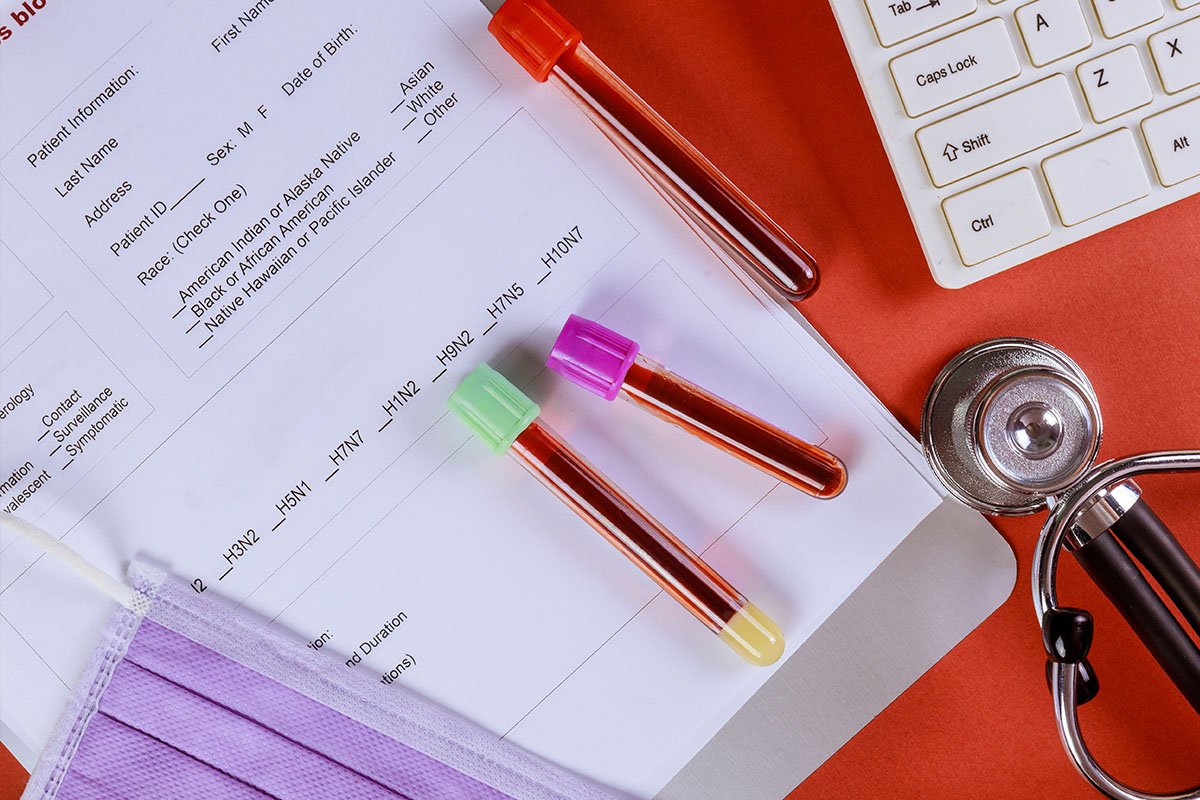Bone Marrow Transplantation Success Rates
Bone marrow transplantation success rates, a critical medical intervention for various conditions, often sparks discussions about success rates. Understanding these rates is paramount for patients and their families as they navigate the intricacies of this life-saving procedure. In this article, we delve into what bone marrow transplantation success rates truly mean, the factors influencing outcomes, and the importance of individualized perspectives.
1. Defining Success in Bone Marrow Transplantation
Overview:
- Survival Rates: Commonly expressed as survival rates, indicating the percentage of patients who survive a specified period post-transplant.
- Engraftment: Another measure of success is engraftment, where transplanted cells successfully integrate into the recipient’s bone marrow.
Key Points:
- Success rates encompass both short-term and long-term outcomes.
- Engraftment is critical, indicating the establishment of a functioning donor immune system.
2. Factors Influencing Success Rates
Overview:
- Disease Type: The type of disease being treated significantly influences success rates.
- Patient Age and Health: Overall patient health, including age and pre-existing conditions, plays a crucial role.
- Donor-Recipient Match: The degree of compatibility between donor and recipient impacts success.
Key Points:
- Different diseases exhibit varying response rates to transplantation.
- Younger, healthier patients often show better outcomes.
- A well-matched donor enhances the likelihood of successful engraftment.
3. Short-Term vs. Long-Term Success
Overview:
- Short-Term Success: Survival and engraftment in the immediate post-transplant period.
- Long-Term Success: Continued survival and sustained engraftment over an extended period.
Key Points:
- Short-term success is crucial for immediate patient well-being.
- Long-term success reflects the ability to maintain a functional transplant over an extended duration.
4. Managing Complications: A Key Aspect of Success
Overview:
- Graft-versus-Host Disease (GVHD): An immune response where donor cells attack the recipient’s tissues.
- Infections: Common complications post-transplant that impact success rates.
Key Points:
- Effective management of complications contributes to overall success.
- Advances in GVHD prevention and treatment strategies have improved outcomes.
5. Understanding Relapse Rates
Overview:
- Disease Relapse: The recurrence of the underlying disease post-transplant.
- Preventing Relapse: Strategies to minimize the risk of disease relapse.
Key Points:
- Relapse rates vary depending on the type of disease.
- Ongoing research focuses on improving strategies to prevent disease recurrence.
6. Individualized Perspectives: Beyond Statistics
Overview:
- Patient Variability: Each patient’s response to transplantation is unique.
- Quality of Life: Beyond survival, the patient’s quality of life is a critical aspect of success.
Key Points:
- Individualized care considers the patient’s overall well-being and treatment goals.
- Success extends beyond statistical measures to encompass the patient’s experience and satisfaction.
7. Evolving Landscape: Advances in Transplantation Techniques
Overview:
- Innovations: Ongoing research leads to advancements in transplantation techniques.
- Tailored Approaches: Personalized medicine and precision therapies contribute to improved success rates.
Key Points:
- The field of bone marrow transplantation is dynamic, with continuous advancements.
- Tailoring approaches based on individual characteristics enhances success rates.
Conclusion
Understanding bone marrow transplantation success rates involves considering a multitude of factors, from disease type to individual patient characteristics. Success is not solely defined by survival percentages but encompasses engraftment, complication management, and long-term outcomes. It is crucial for patients and their families to collaborate closely with healthcare providers, fostering open communication and gaining a comprehensive understanding of their unique situation. The evolving landscape of bone marrow transplantation reflects the dedication of the medical community to improve outcomes and provide hope to those in need of this life-changing procedure.
🌟 Got Questions? Reach Out to Us!
We’re here to answer your questions and assist you in any way we can! If you couldn’t find the information you’re looking for on our website or if you need help with a specific matter, please don’t hesitate to get in touch.
👉 Contact Us, and we’ll get back to you as soon as possible. Your inquiries matter to us!
🌐 SoracaMed – A World Filled with Health and Information!
If you are considering treatment, you can reach our expert team via WhatsApp. Contact Us to connect with us for Bone Marrow Transplantation Success Rates.

